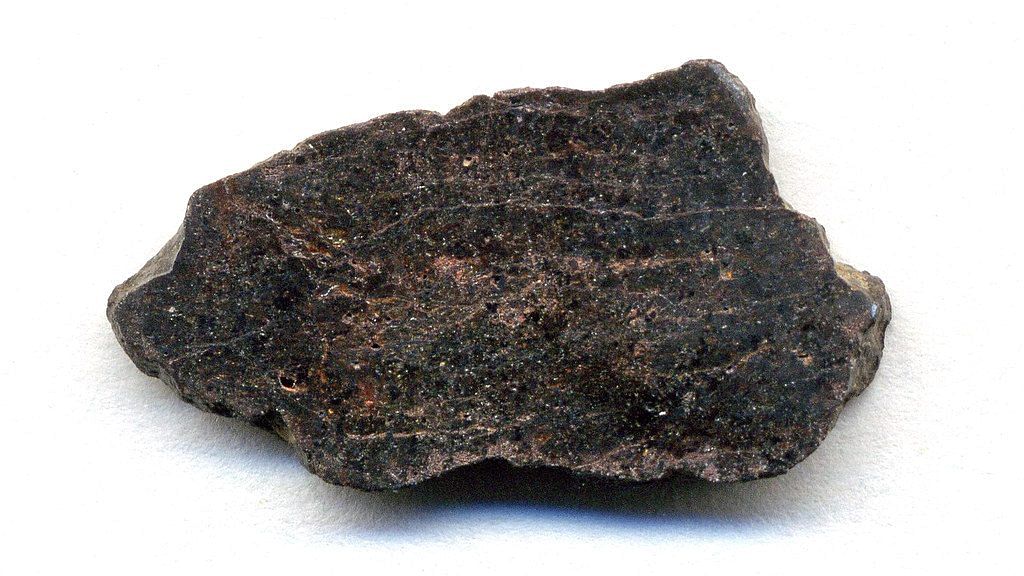Bengaluru: A meteorite that landed in the Sahara Desert last year has been dated as being 4.56 billion years old, which makes the volcanic rock older than Earth, which is approximately 4.54 billion years old.
Named Erg Chech 002 (EC 002), after the Algerian site where it was discovered, the rock is a rare artefact from a protoplanet — a large body of matter in orbit around the Sun or another star, and believed to be developing into a planet — that was likely forming when the solar system was a young 2 million years old.
The solar system with all its planets was considered to have evolved to its current structure about 4.57 billion years ago, while the Sun formed first, over 4.6 billion years ago.
The team behind the findings, led by Jean-Alix Barrat of the Université de Bretagne Occidentale, France, speculates that this astronomical body would have either been destroyed or absorbed by bigger rocky planets as they formed closer to the Sun.
The results of the meteorite study were published in the journal PNAS this month.
The meteorite was part of a group that was recovered in May 2020 near Bir Ben Takoul, southern Algeria, within the Erg Chech sand sea. The stones are described as having a “coarse grained, tan and beige appearance” interspersed with crystals that are green, yellow-green, and yellow-brown. They are igneous in nature, which means they formed from molten rock or magma.
A rock like EC 002 is a relic from the very early days of the solar system, and most of the material from the time has since become a part of other bodies that have evolved to form planets or asteroids, from which we have plenty of meteorites today. No known asteroid or meteorite looks like EC 002, indicating how rare the finding is, and how these rocks likely do not exist anymore.
Also read: Did a large meteorite really hit earth more than 12,800 years ago? Here’s new evidence
About the meteorite
The rock that makes up the meteorite is of a type called andesite, which is made of solidified magma or lava. These are found on Earth in subduction zones, where tectonic plates slide below each other and rock from the crust enters into the mantle of the Earth. Meteorites have rarely been found to be andesites.
EC 002 is classified as an achondrite, a type of meteorite that originates from a parent body that had a differentiated crust and core, like the rocky planets. Achondrites lack ‘chondrules’, which are round bubble-like grains of partially molten droplets that form in space when smaller bits of rock merge together. This piece of rock is believed to have come from partly molten magma in its parent body’s crust and is rich in silica, while most magma is rich in iron.
It is also categorised as ungrouped, which means that although its characteristics are well-defined, they don’t fall into any established groups of meteorites.
According to the researchers, their analysis shows that the rock was likely the part of a crust of an ancient protoplanet or early rocky planet that eventually broke up. The magma that EC 002 formed out of would have been at least 1,220°C and taken at least 1,00,000 years to cool and solidify.
Also read: Why the quest for life on Mars continues despite 35 failed missions since 1960s
